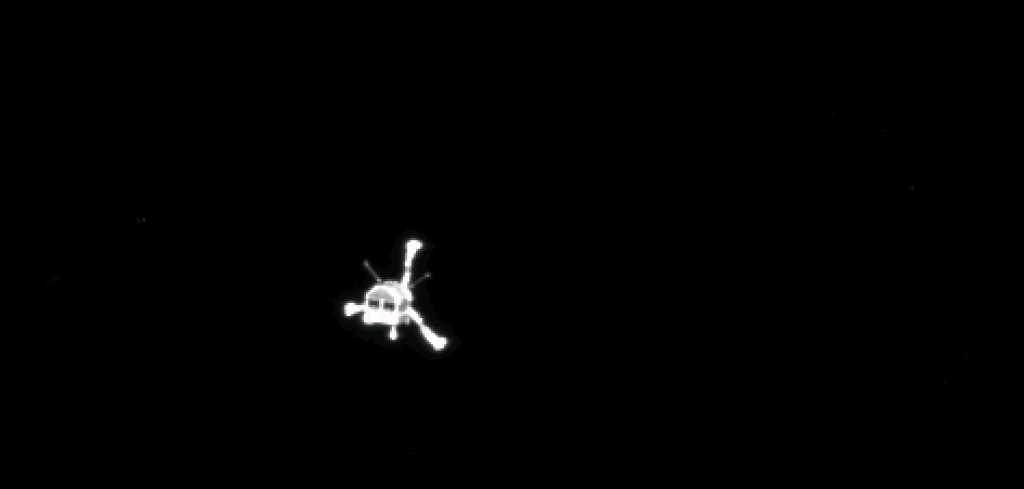After a 10-year and nearly 310-million-mile journey to accomplish the first comet landing, it appears the Philae probe may have ended its mission early.
The European Space Agency said the Philae’s batteries have run down.
[quote text_size=”small” author=”– European Space Agency”]
Philae has fallen into ‘idle mode’ for a potentially long silence. In this mode, all instruments and most systems on board are shut down.
[/quote]
Philae was designed to transmit data from Comet 67/P for nine months as it passed the sun, which would recharge its batteries. The probe did not land in a place in the sunlight as scientists hoped, CNN reported.
Paolo Ferri, head of ESA mission operations, said they are not sure if the charge will ever be high enough to operate again.
All data gathered by Philae was successfully transmitted back to ESA, however, including results of the first comet drilling in history.
On Wednesday, the Philae lander made history when it became the first probe to land on a comet. The comet, 67/P Churyumov-Gerasimenko, is about 2.5 miles wide and travels up to 84,000 miles per hour. The comet is approximately 317 million miles from earth, Fox News reported.
After a long descent to the surface of the icy comet from the Rosetta craft, Philae’s harpoons failed to fire and it did not anchor as expected, causing it to not touch down gently but bounce off the comet twice.
The first bounce caused Philae to bounce near one kilometer off the surface, lasting about two hours due to the low gravity. The lander came to rest on its side with one of three feet in the air, the Smithsonian reported. This leaves just one of the probe’s two solar panels exposed to sunlight, getting just 90 minutes of light every 12 hours.
On Thursday, the ESA released the first picture taken by the probe after it stabilized. Rosetta and Philae were planned to use 21 instruments to analyze the comet in a mission that cost $1.62 billion to better understand comets and help explain the origin of water and life on earth.
























